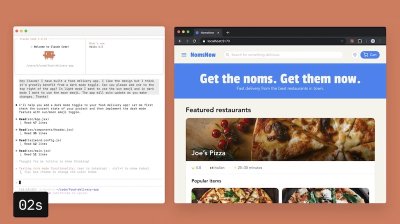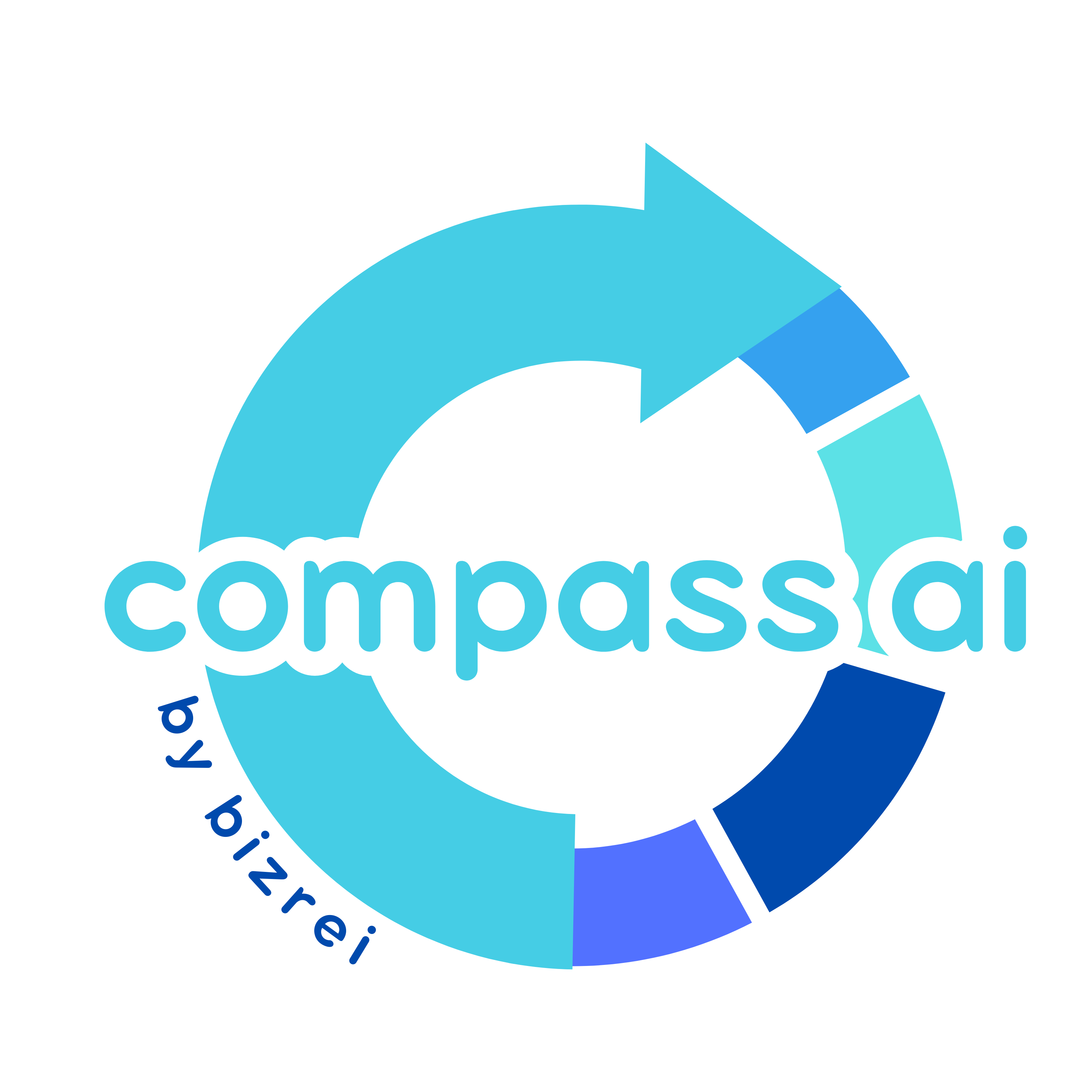DXYFER
Unlock the potential of your data with Dxyfer's AI-based augmented intelligence tools.
Data Analysis Augmented Intelligence Decision Making Business Intelligence Data Visualization Data IntegrationTool Information
| Primary Task | Data analysis |
|---|---|
| Category | data-and-analytics |
| Sub Categories | data-analysis business-intelligence data-visualization data-integration |
| Country | Australia |
| Industry | information technology & services |
| Technologies | Amazon CloudFront, Route 53, Amazon AWS, Hubspot, Google Tag Manager, Mobile Friendly, Google Font API, Google Maps (Non Paid Users), Adobe Media Optimizer, Cedexis Radar, Google Maps, Segment.io, Vimeo, Bootstrap Framework |
| Website Status | 🟢 Active |
DXYFER is an AI-based augmented intelligence platform designed to transform data into actionable insights. The platform consists of various modules including Ask Data, Ask Docs, and AutoDash. Ask Data allows users to turn data from various sources into actionable insights, providing value in decision-making processes. Ask Docs provides context-based answers from documents, assisting in information gathering and research processes. The AutoDash module monitors KPIs via customisable AI dashboards, offering a snapshot of key performance at a glance. The platform also supports seamless integration with existing applications, data sources, and files, including ERP and cloud-based systems. Enhanced quality is achieved by classifying incomplete information and verifying industry-specific terminology. The platform enables users to ask questions and collaborate in real-time with peers, delivering instant insights for decision-making. DXYFER aims to simplify the interaction of numerical and text-based information for decision-making and is proficient in multiple languages, simplifying its adoption.
Unlock your data's potential with Dxyfer's AI. Explore AskData, AskDocs, and AutoDash for seamless analysis and visualization. Transform data into insights!
| Pros |
|---|
|
| Cons |
|---|
|
Frequently Asked Questions
1. What is DXYFER?
DXYFER is an Artificial Intelligence (AI) based augmented intelligence platform that transforms data into actionable insights. It consists of three modules: Ask Data, Ask Docs, and AutoDash. DXYFER supports seamless integration with existing applications, data sources, and files for a variety of purposes including decision making, data visualization and text analytics.
2. What are the key features of DXYFER?
Key features of DXYFER include the Ask Data module that turns data from various sources into actionable insights, the Ask Docs module that provides context-based answers from documents, and the AutoDash module that monitors Key Performance Indicators (KPIs) via customizable AI dashboards. Besides, DXYFER also offers features like real-time analytics, collaborative tool, and seamless data integration.
3. How does the Ask Data module of DXYFER work?
The Ask Data module of DXYFER transforms various data sources into actionable insights. Users can pose questions and the AI-powered module will analyze the data and deliver insightful responses. This aids in the decision-making process by providing valuable information distilled from multiple data sources.
4. How can I use the Ask Docs feature in DXYFER?
The Ask Docs feature in DXYFER allows you to get context-based answers from your documents. This tool assists in the process of gathering information and conducting research, making it easier to access the information you need in a timely manner. Essentially, it analyzes your documents and provides answers based on the context of your questions.
5. What is the AutoDash module in DXYFER?
The AutoDash module in DXYFER is designed to monitor Key Performance Indicators (KPIs) via customizable AI dashboards. This feature provides a quick snapshot of key performance metrics, delivering real-time insight to analysts, decision-makers, and stakeholders.
6. How does DXYFER integrate with existing applications and data sources?
DXYFER integrates with existing applications and data sources by enabling users to easily connect to these resources. It provides automated connectivity with no coding required, allowing users to utilize their existing data infrastructure for data analysis and insights generation.
7. How does DXYFER ensure quality of information?
DXYFER ensures quality of information by employing strategies to classify incomplete information and verify industry-specific terminology. This enhances the quality of the data and ensures that insights and decisions are based on reliable and accurate data.
8. How does DXYFER handle multiple languages?
DXYFER handles multiple languages, enabling users from different linguistic backgrounds to use the platform effectively. Its proficiency in numerous languages simplifies its adoption across different geographies and user groups.
9. What type of data can I analyze with DXYFER?
You can analyze a wide range of data with DXYFER. This includes data from various sources, applications, data sources or files making DXYFER a versatile tool for data analysis, decision making, and visualization.
10. How does DXYFER support real-time collaboration?
DXYFER supports real-time collaboration by allowing users to ask questions and collaborate with their peers in real time. This collaborative functionality ensures that teams can work together to generate insights and make decisions based on the same set of data, thereby enhancing accuracy and alignment.
11. How does DXYFER help in decision-making?
DXYFER aids in decision-making by transforming data from various sources into actionable insights. By analyzing numerical and text-based information, it helps users to make informed decisions based on the data at hand.
12. How does DXYFER transform numerical and text-based data?
DXYFER transforms numerical and text-based data through its proprietary AI algorithms. It analyzes this data, discerns patterns and relationships, and delivers easy-to-interpret insights and visuals. This simplifies complex data interactions, facilitating data-driven decision making.
13. What kind of dashboards can I create with DXYFER?
With DXYFER, you can create customizable AI dashboards that monitor Key Performance Indicators (KPIs). These dashboards provide a real-time snapshot of your key performance metrics, helping you to stay on top of your objectives and targets.
14. Can DXYFER analyze data from cloud-based systems?
Yes, DXYFER can analyze data from cloud-based systems. It supports seamless integration with these systems, enabling you to harness cloud-based data for analysis, visualization and decision-making.
15. What insights can I get from DXYFER for my business?
DXYFER generates actionable insights for your business by analyzing your data. It can identify and highlight cross-functional views and patterns within your datasets. This insight can help in making accurate and reliable business decisions, as well as in governance and monitoring activities.
16. How does DXYFER classify incomplete information?
DXYFER classifies incomplete information through its 'Enrich' feature. The platform analyzes the given data, identifies gaps or incomplete areas, and classifies this information accordingly. This ensures the data used in analysis and decision-making processes is of the highest quality.
17. How does DXYFER verify industry-specific terminology?
DXYFER verifies industry-specific terminology through its robust AI algorithms. It screens the data for specific terminology or jargon and verifies its accuracy. This ensures highly accurate analysis and insights, particularly important in industry-specific contexts.
18. How do I integrate DXYFER with my ERP systems?
You can integrate DXYFER with your Enterprise Resource Planning (ERP) systems with minimal cost and effort. DXYFER is system and industry agnostic, allowing organizations to easily incorporate AI functionality into their existing ERP systems.
19. How does DXYFER handle big data architectures?
DXYFER handles big data architectures by using a intelligently automated architecture that can handle diverse volumes of data and information instantaneously. This makes DXYFER capable of analyzing large volumes of data with ease, providing valuable insights quickly.
20. What industries is DXYFER most suitable for?
DXYFER is most suitable for industries that require a substantial amount of data analysis, document scrutiny, and decision-making based on the interpreted data. This includes marketing firms, financial institutions, property sectors, and manufacturing industries.
Comments
Similar Tools
Related News

LangChain, the innovative open-source framework at the forefront of building AI agents, has officially joined the exclusive clu...
@devadigax | Oct 21, 2025

In the rapidly evolving landscape of artificial intelligence, browsers are quickly becoming the new battleground for innovation...
@devadigax | Oct 17, 2025

In a significant move reflecting the growing public discourse around artificial intelligence and content authenticity, Pinteres...
@devadigax | Oct 16, 2025

Anthropic, a leading AI safety and research company, has announced the release of Claude Haiku 4.5, the latest iteration of its...
@devadigax | Oct 15, 2025

Google has announced a significant evolution for its command-line AI system, Gemini CLI, by introducing a robust extensions sys...
@devadigax | Oct 08, 2025

In a move that underscores both the immense promise and the inherent challenges of artificial intelligence, global consulting g...
@devadigax | Oct 06, 2025
 AI Tool Buzz
AI Tool Buzz
 Compass AI
Compass AI Fellou
Fellou DataCove AI
DataCove AI Cycle
Cycle Muskan.ai
Muskan.ai Meta.ai
Meta.ai ACME.BOT - AI SEO Writer + AI Diagram Generator
ACME.BOT - AI SEO Writer + AI Diagram Generator